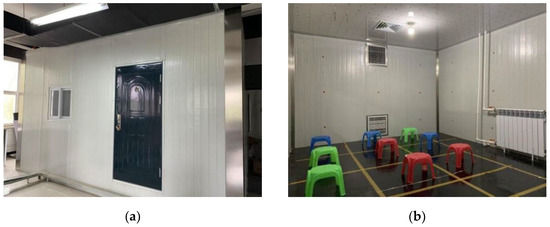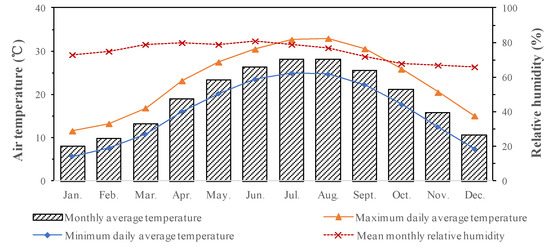Advances in Research and Sustainable Applications of Energy—Related Occupant Behavior in Buildings
A topical collection in Sustainability (ISSN 2071-1050).
Viewed by 8513Editors
Interests: life cycle assessment; risk-cost optimization; sustainable building energy efficiency
Interests: thermal comfort; HVAC system control; sustainable building energy efficiency
Special Issues, Collections and Topics in MDPI journals
Interests: thermal comfort; building energy management; sustainable building energy efficiency
Special Issues, Collections and Topics in MDPI journals
Topical Collection Information
Dear Colleagues,
Occuppant behavior has a great impact on building energy consumption and peak energy demand. Different occupant behaviors could result in differences of 20% in annual energy consumption and of 40% in peak daily energy demand. Therefore, proper prediction of occupant behavior and management of the energy consumption equipment are very important for green house gas reduction and sustainable development. Today, advancements in smart sensing technology, data ming approaches, and internet of things have provided new ways for the prediction and management of occupant behavior .
This Special Issue aims to present the state of the art and current trends in research on energy-related behaviors of buildings’ occupants, including related sustainable applications. Original experimental studies, works on computer models, and reviews on all aspects of occupant behavior’s modeling, sensing, and management are welcome.
Potential topics of interest include but are not limited to:
- Smart sensors in occupant behavior research
- Sustainable occupant behavior model development
- Data mining and machine learning approaches applied to occupant behavior
- Building energy management based on occupant behavior
- Internet of things and occupant behavior
- Impact of COVID-19 on occupant behavior
Prof. Dr. Chun-Qing Li
Dr. Yaolin Lin
Dr. Wei Yang
Guest Editors
Manuscript Submission Information
Manuscripts should be submitted online at www.mdpi.com by registering and logging in to this website. Once you are registered, click here to go to the submission form. Manuscripts can be submitted until the deadline. All submissions that pass pre-check are peer-reviewed. Accepted papers will be published continuously in the journal (as soon as accepted) and will be listed together on the collection website. Research articles, review articles as well as short communications are invited. For planned papers, a title and short abstract (about 100 words) can be sent to the Editorial Office for announcement on this website.
Submitted manuscripts should not have been published previously, nor be under consideration for publication elsewhere (except conference proceedings papers). All manuscripts are thoroughly refereed through a single-blind peer-review process. A guide for authors and other relevant information for submission of manuscripts is available on the Instructions for Authors page. Sustainability is an international peer-reviewed open access semimonthly journal published by MDPI.
Please visit the Instructions for Authors page before submitting a manuscript. The Article Processing Charge (APC) for publication in this open access journal is 2400 CHF (Swiss Francs). Submitted papers should be well formatted and use good English. Authors may use MDPI's English editing service prior to publication or during author revisions.
Keywords
- sustainable occupant behavior
- energy efficiency
- machine learning
- internet of things
- computer model
- experimental studies











